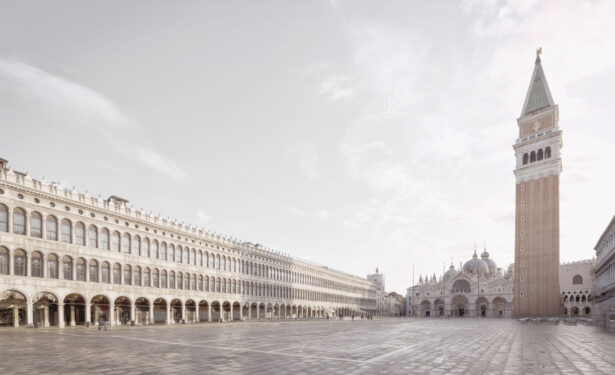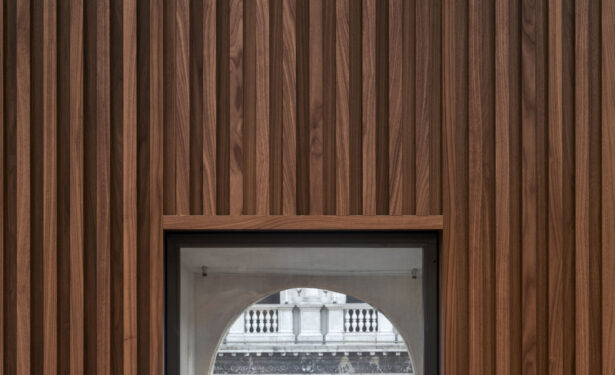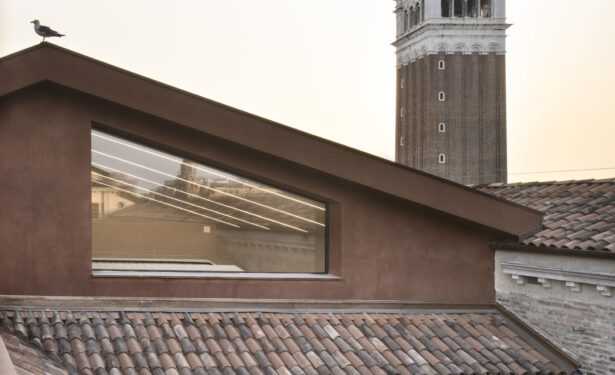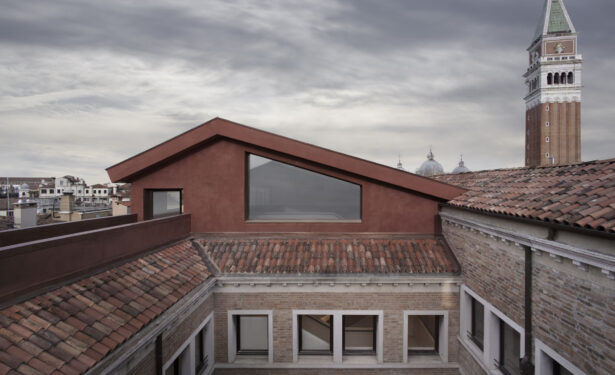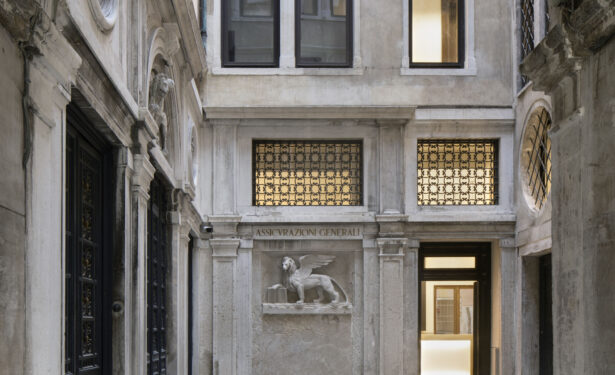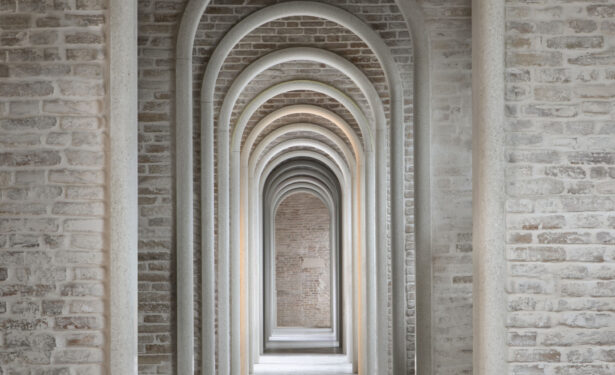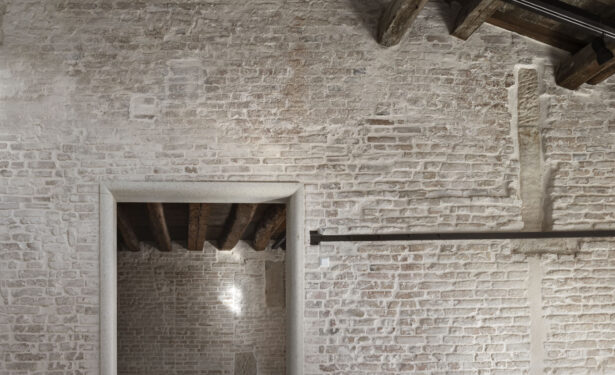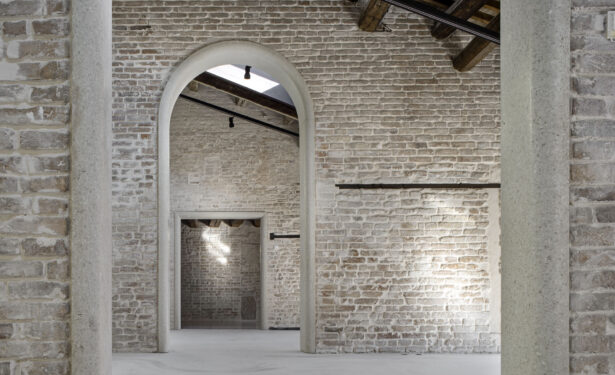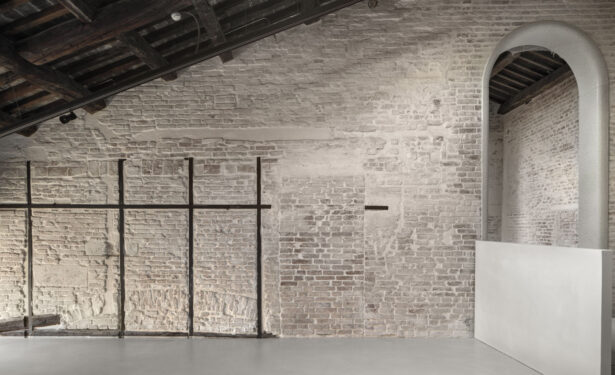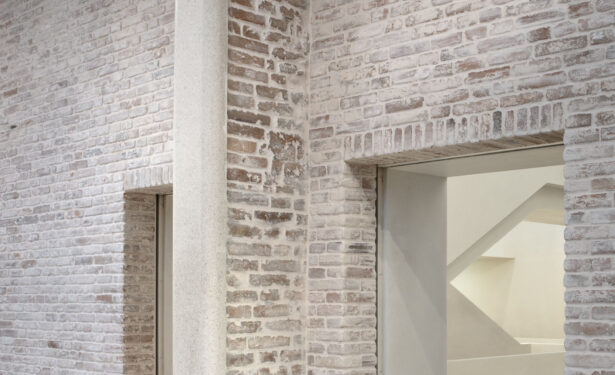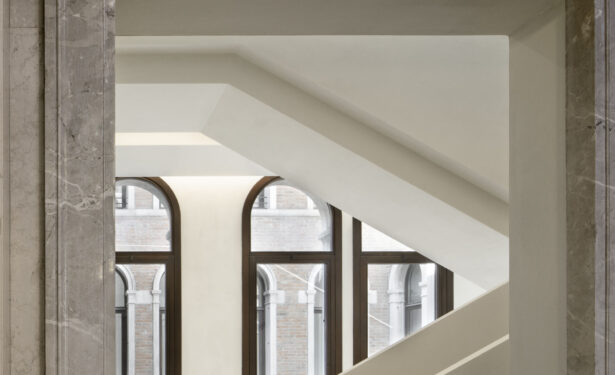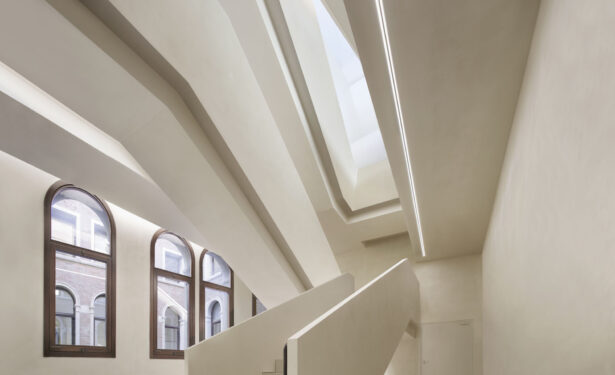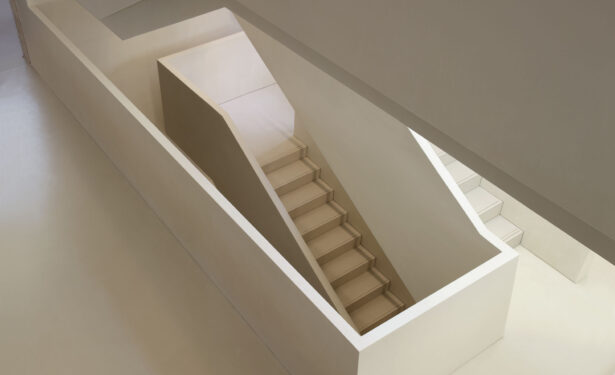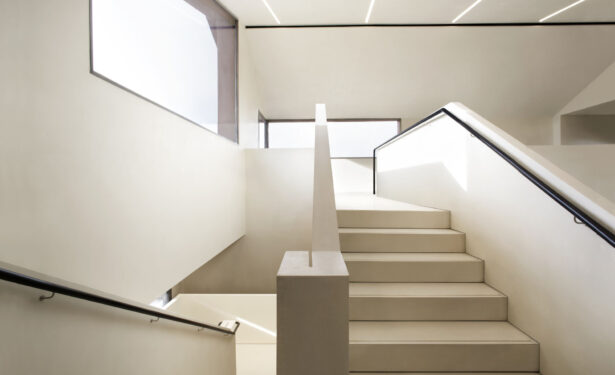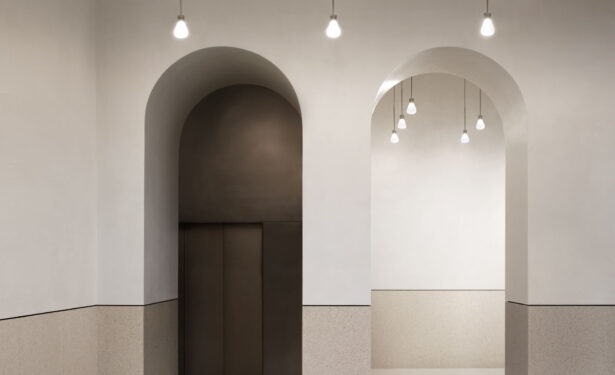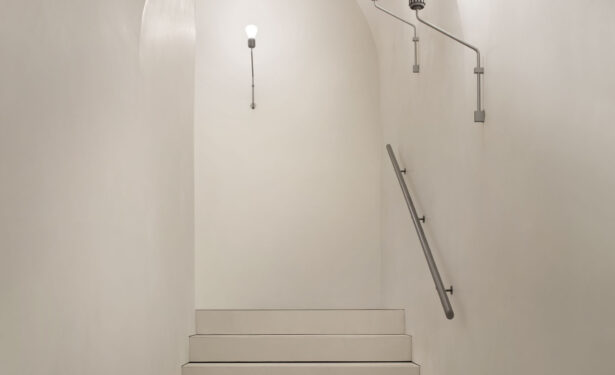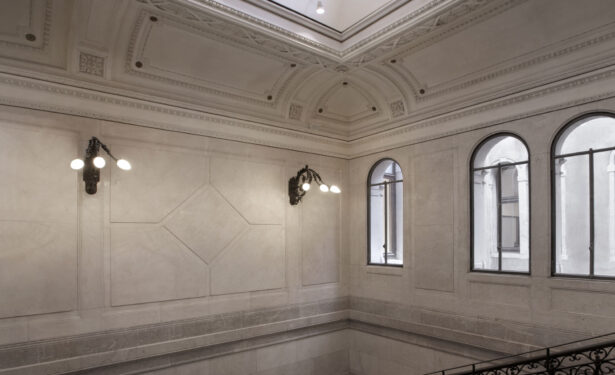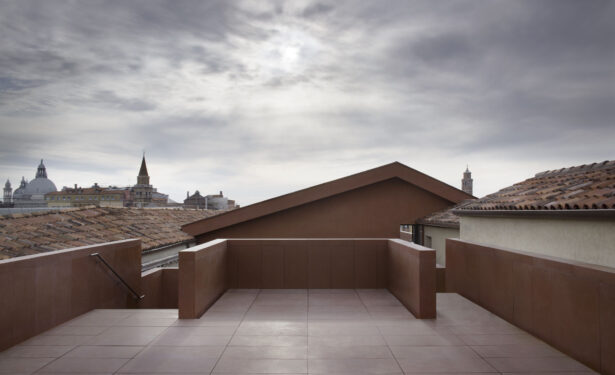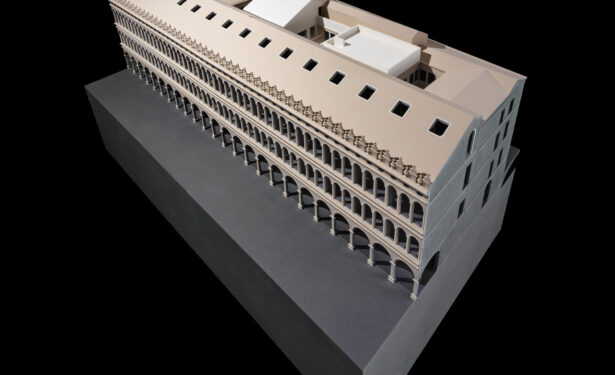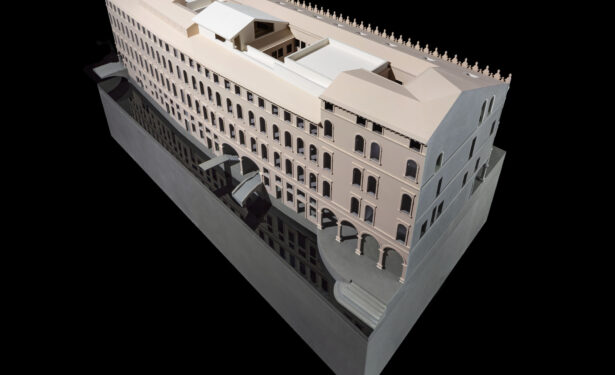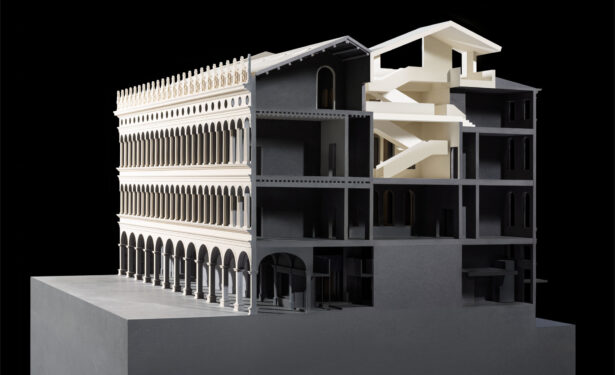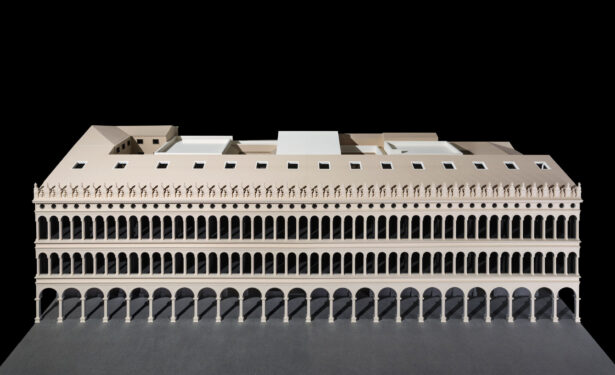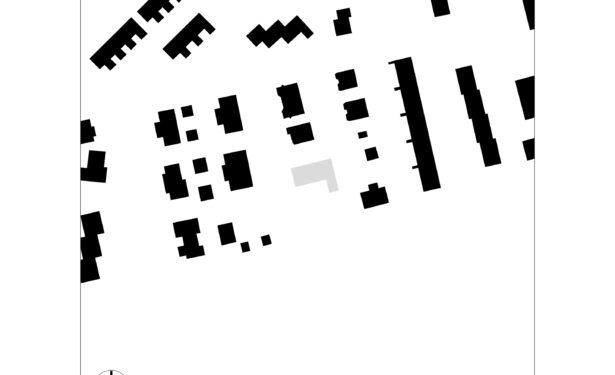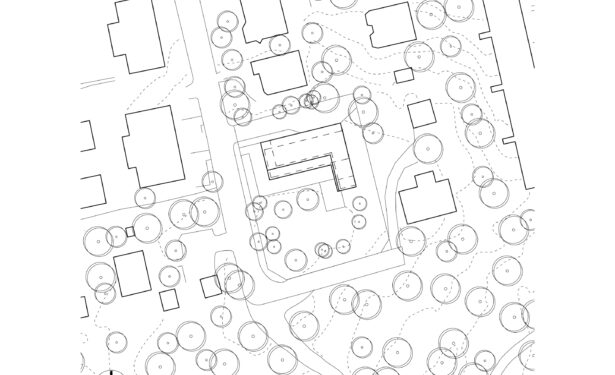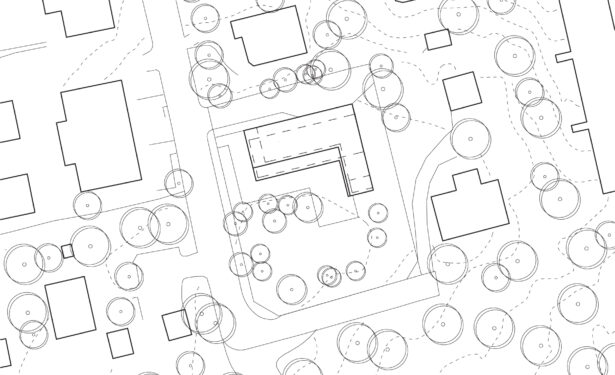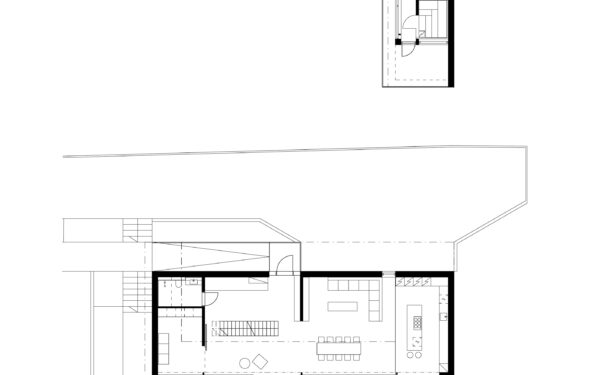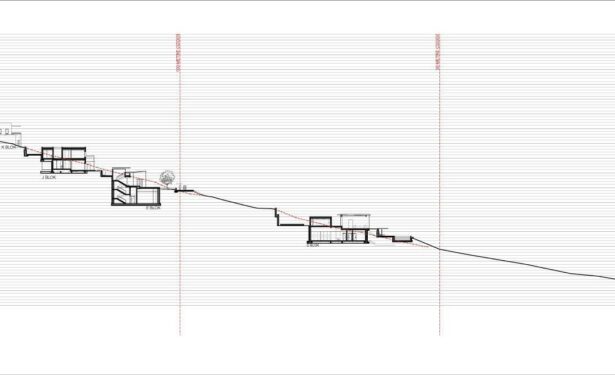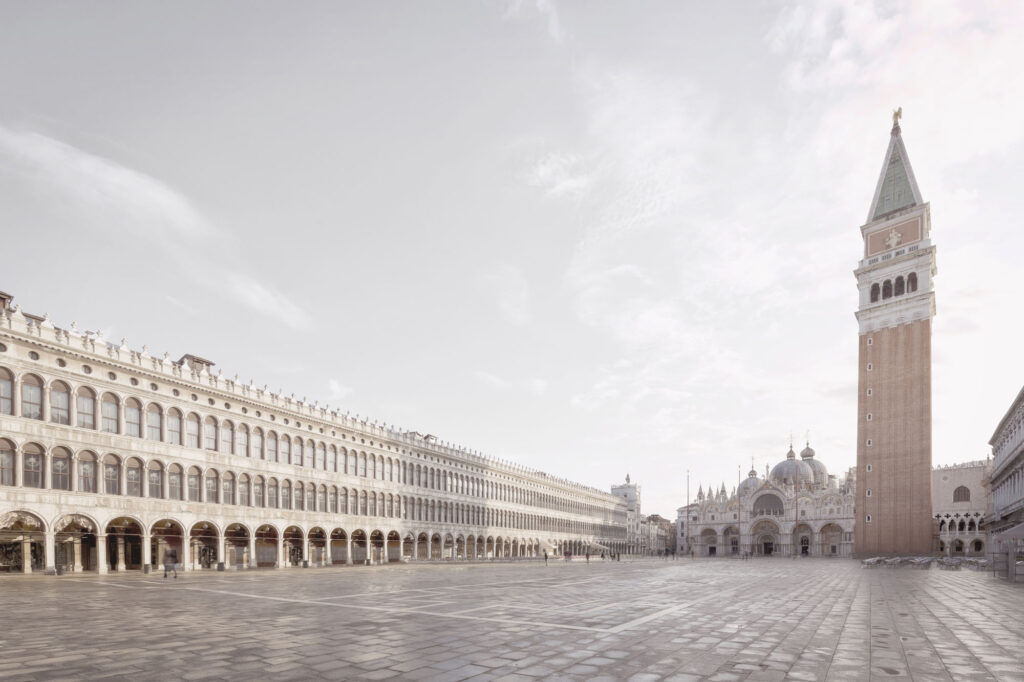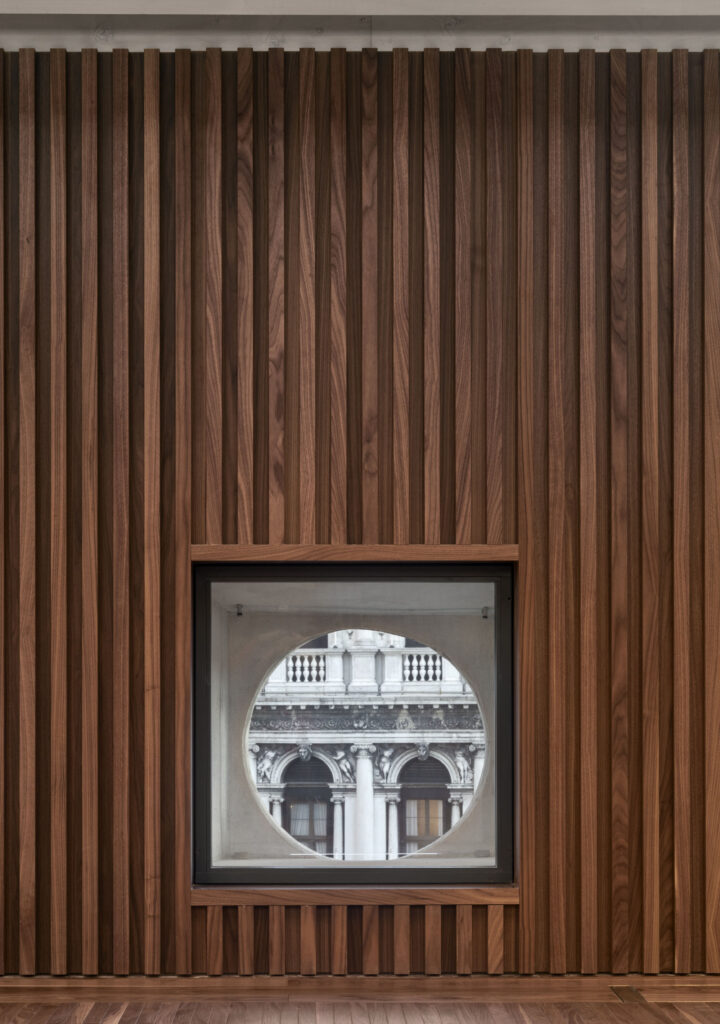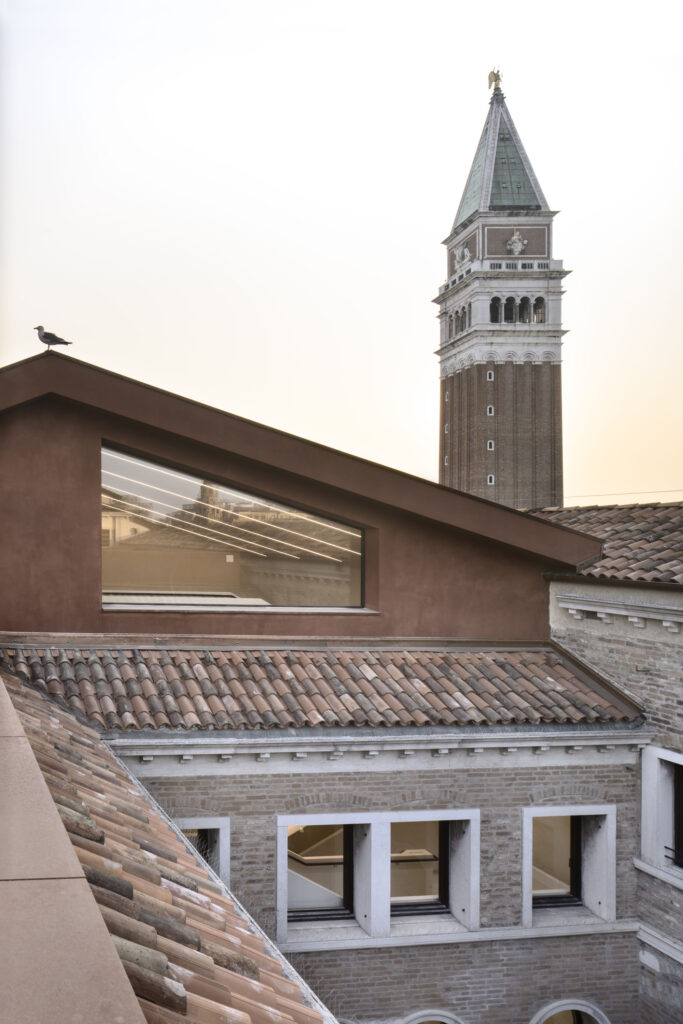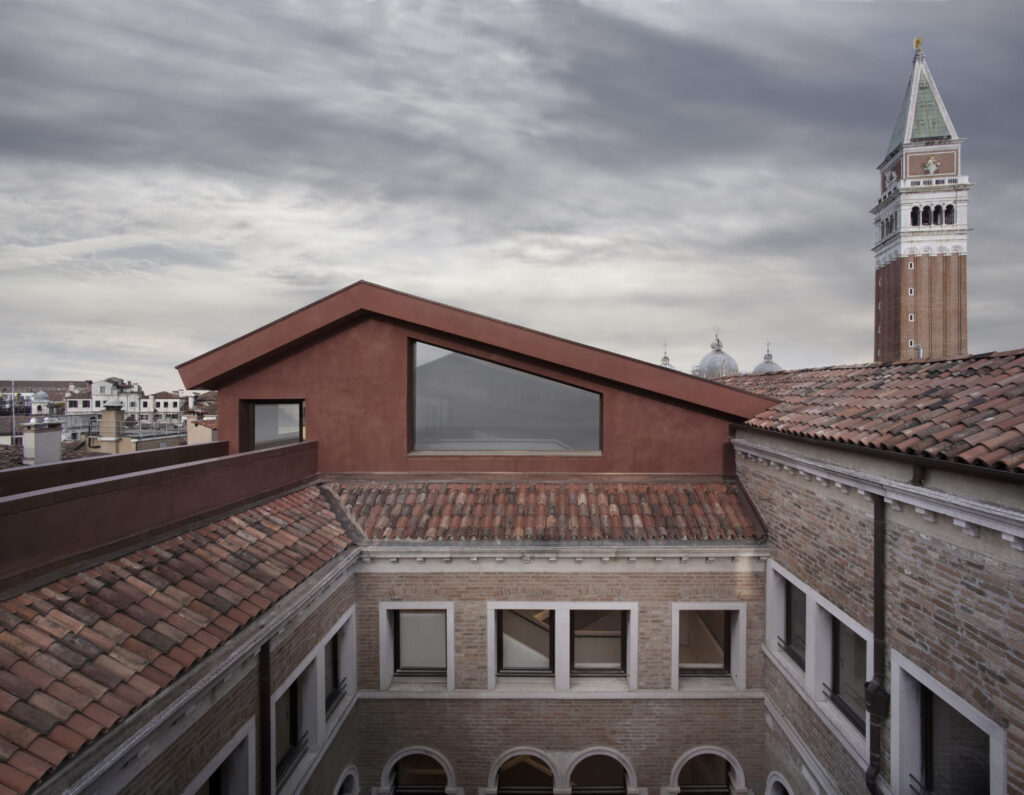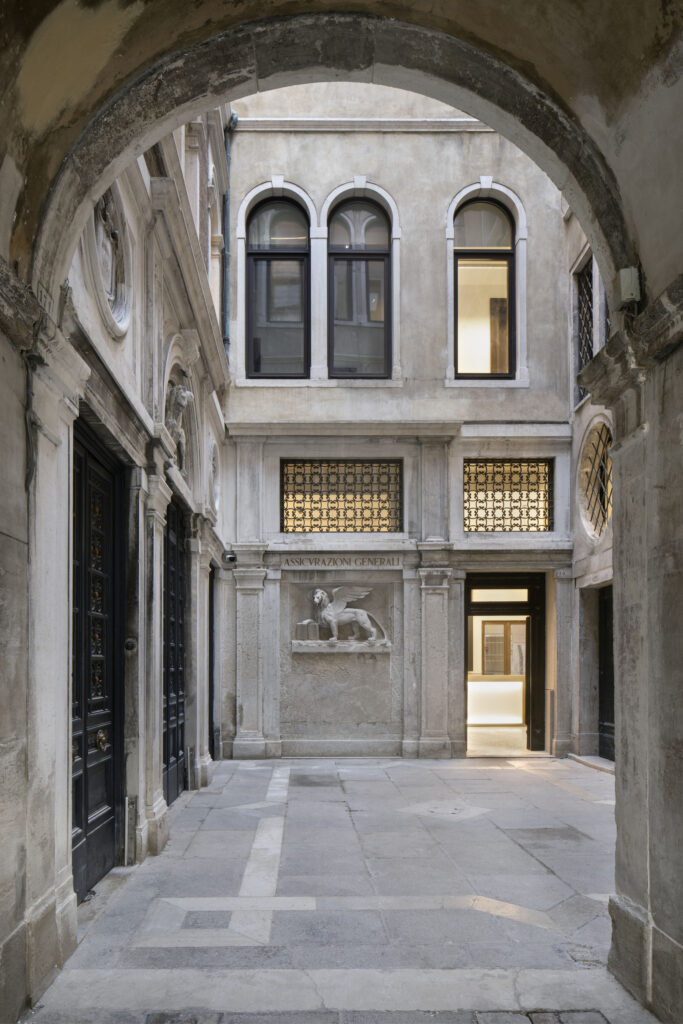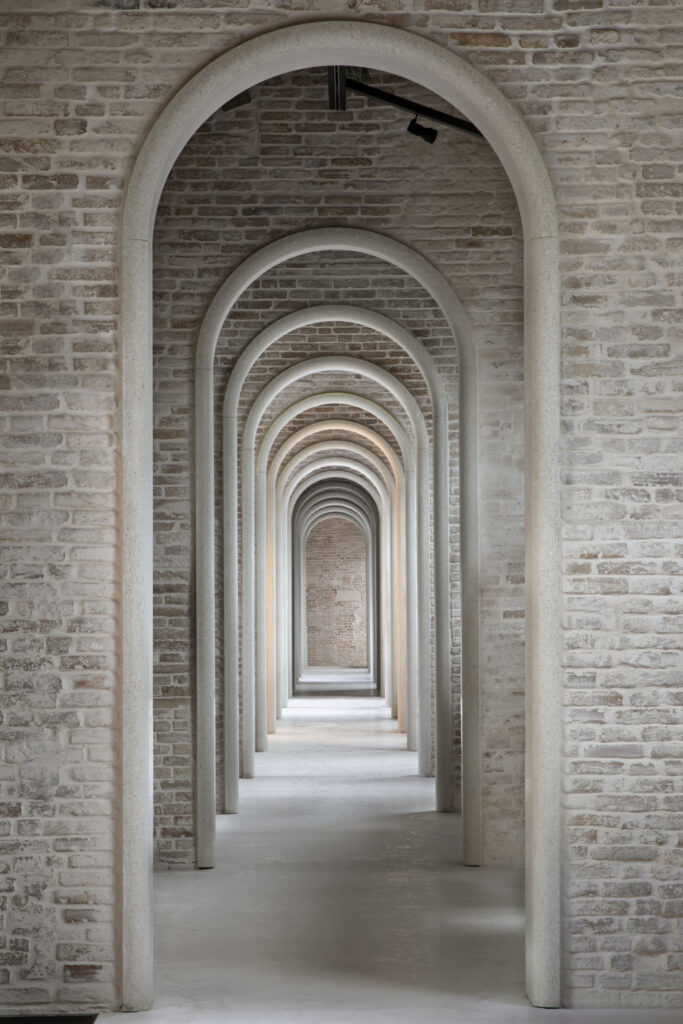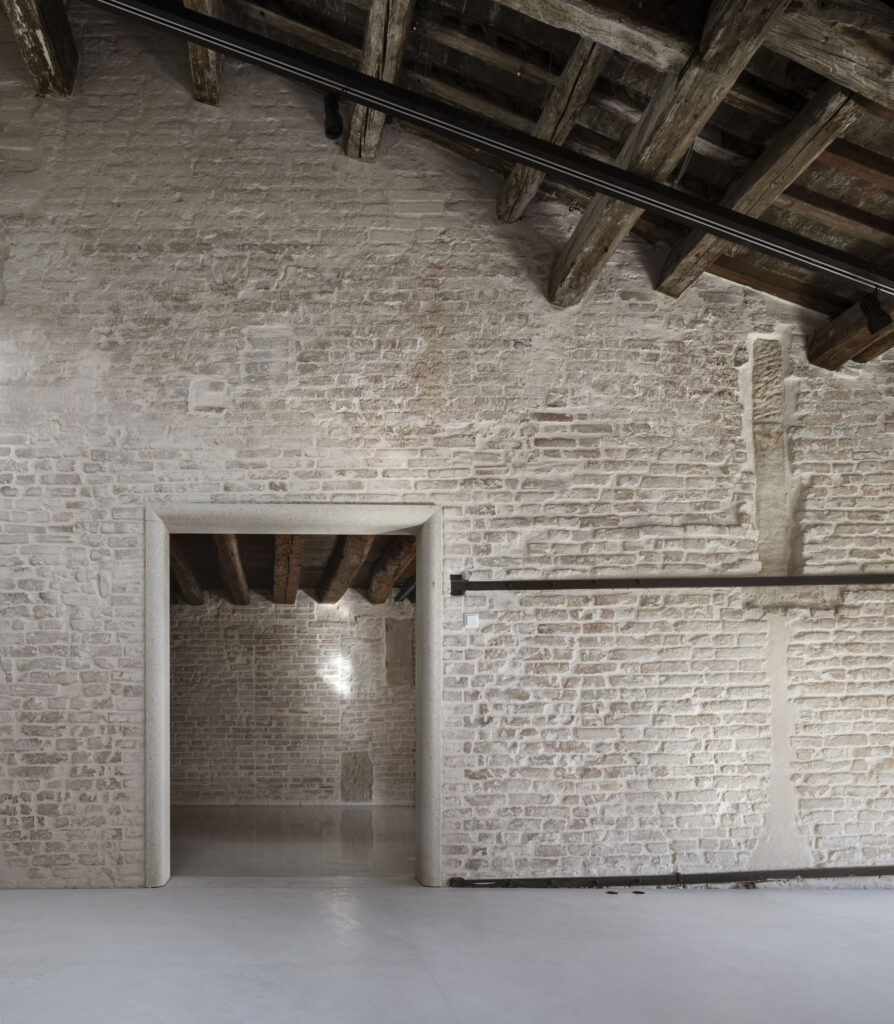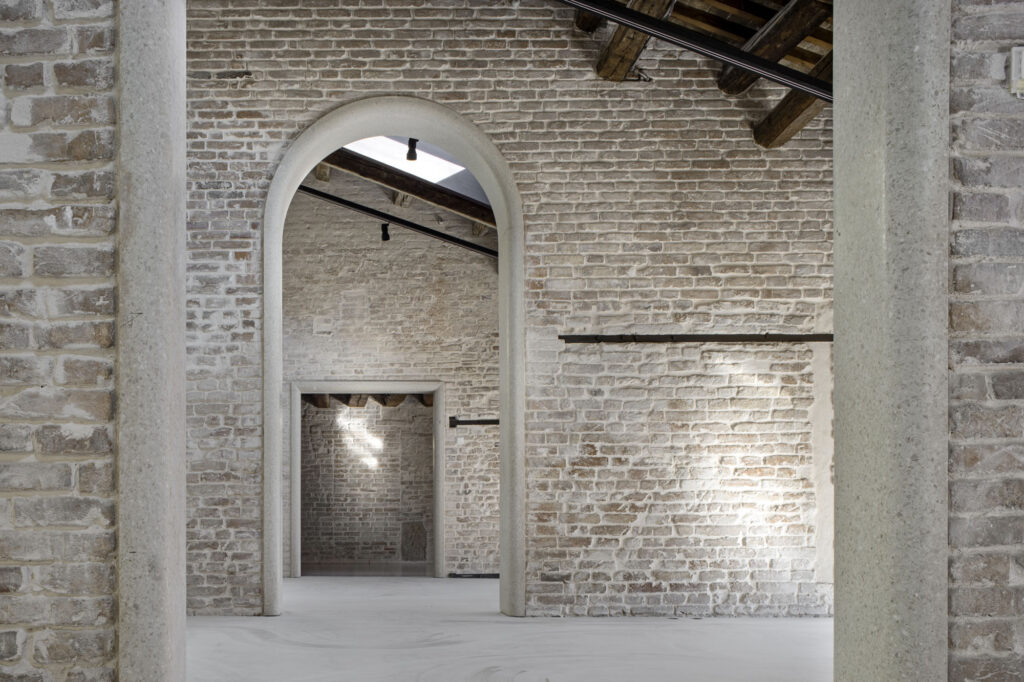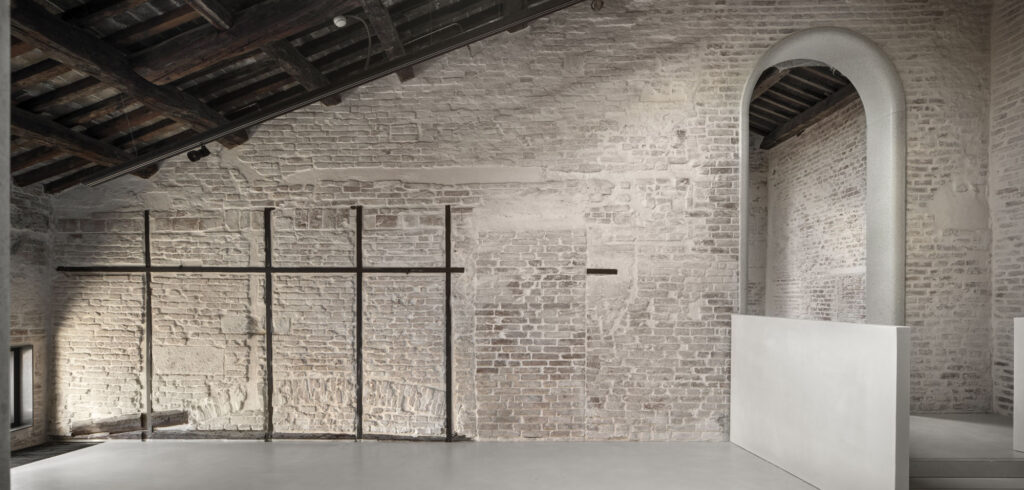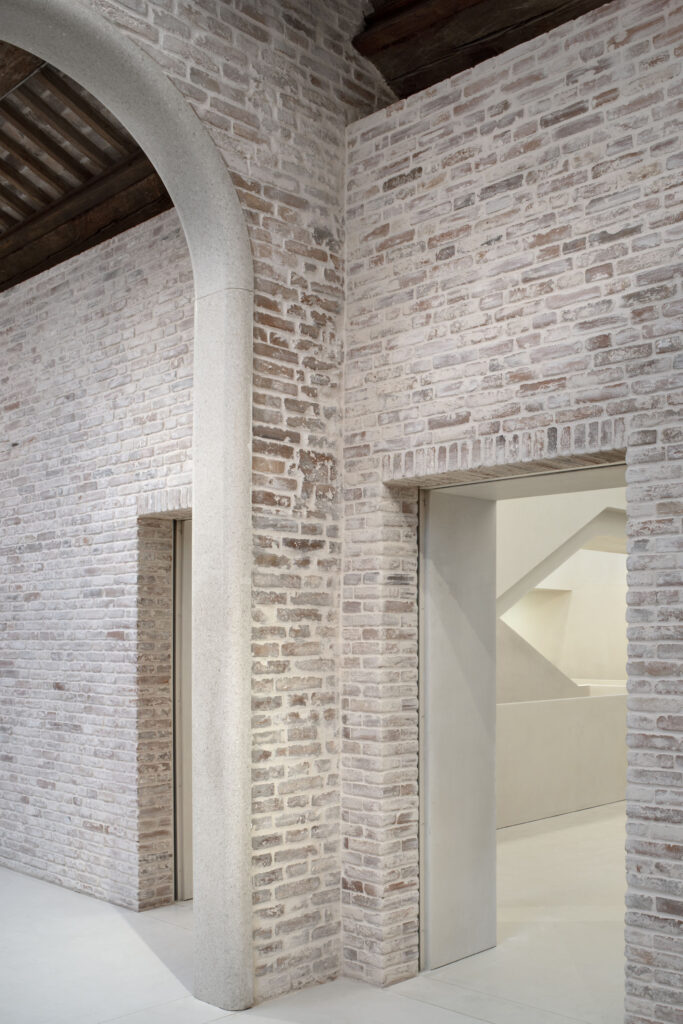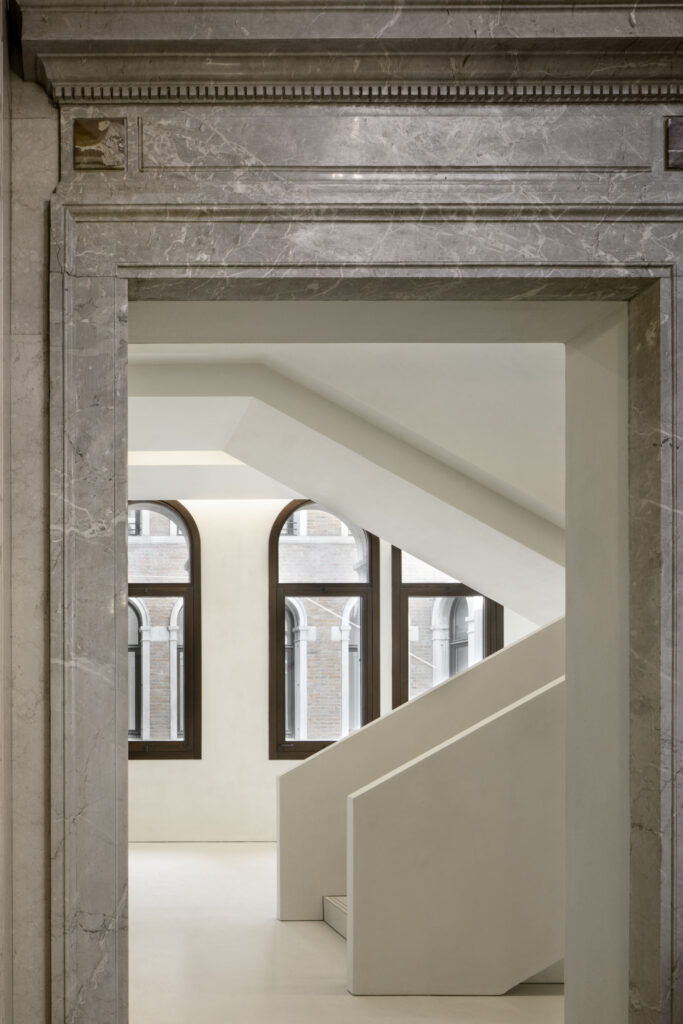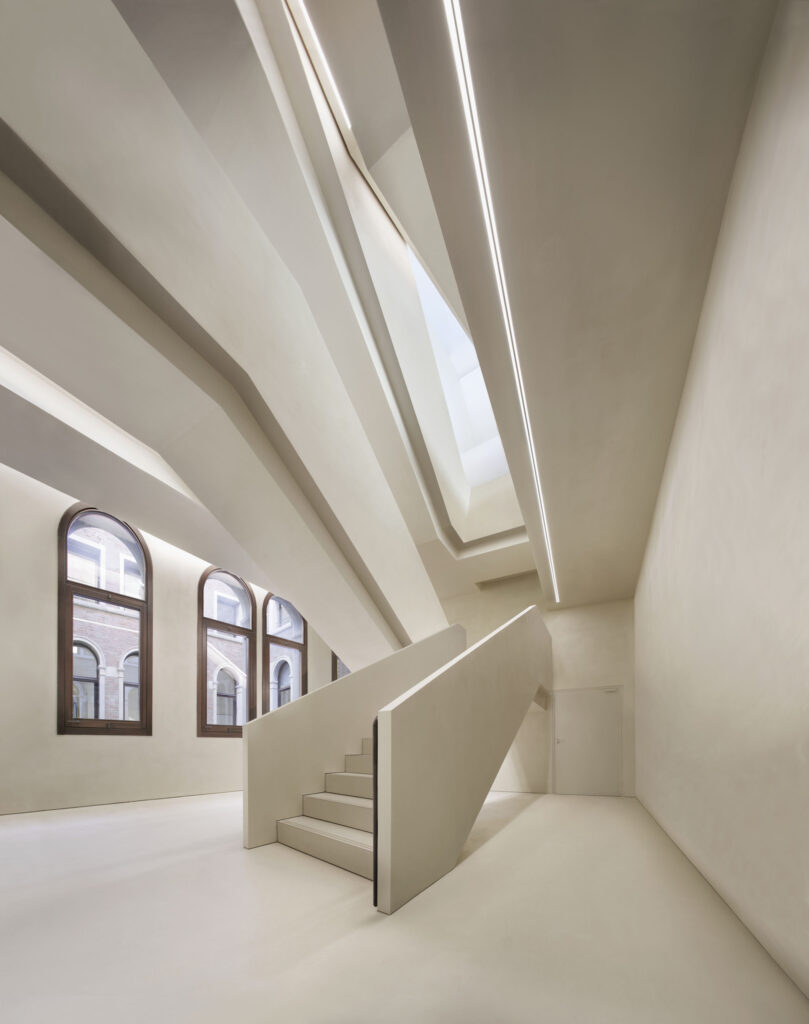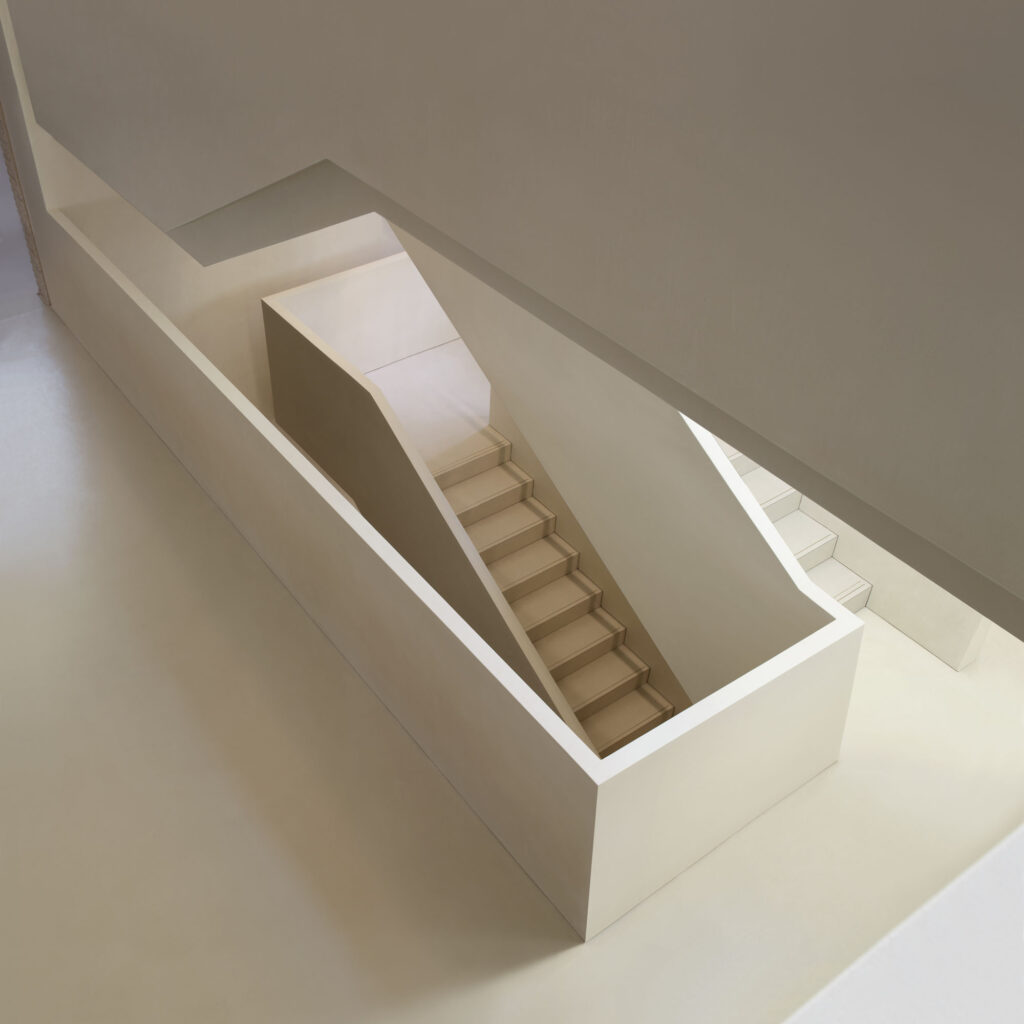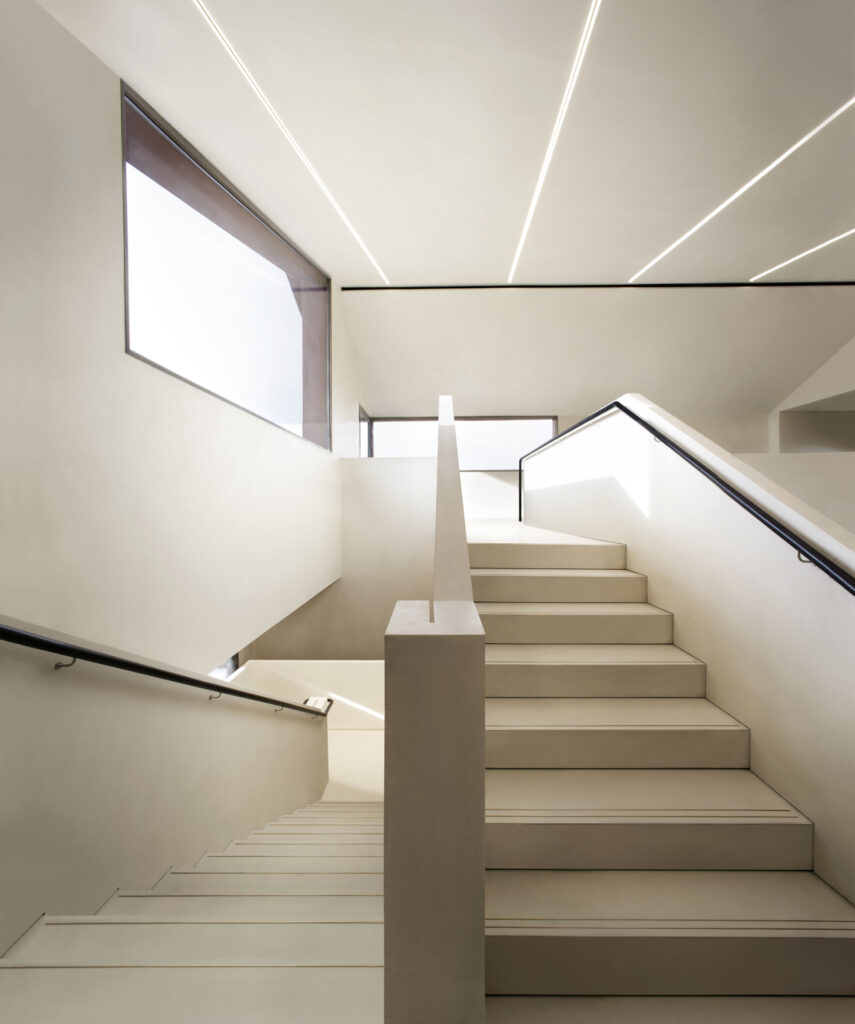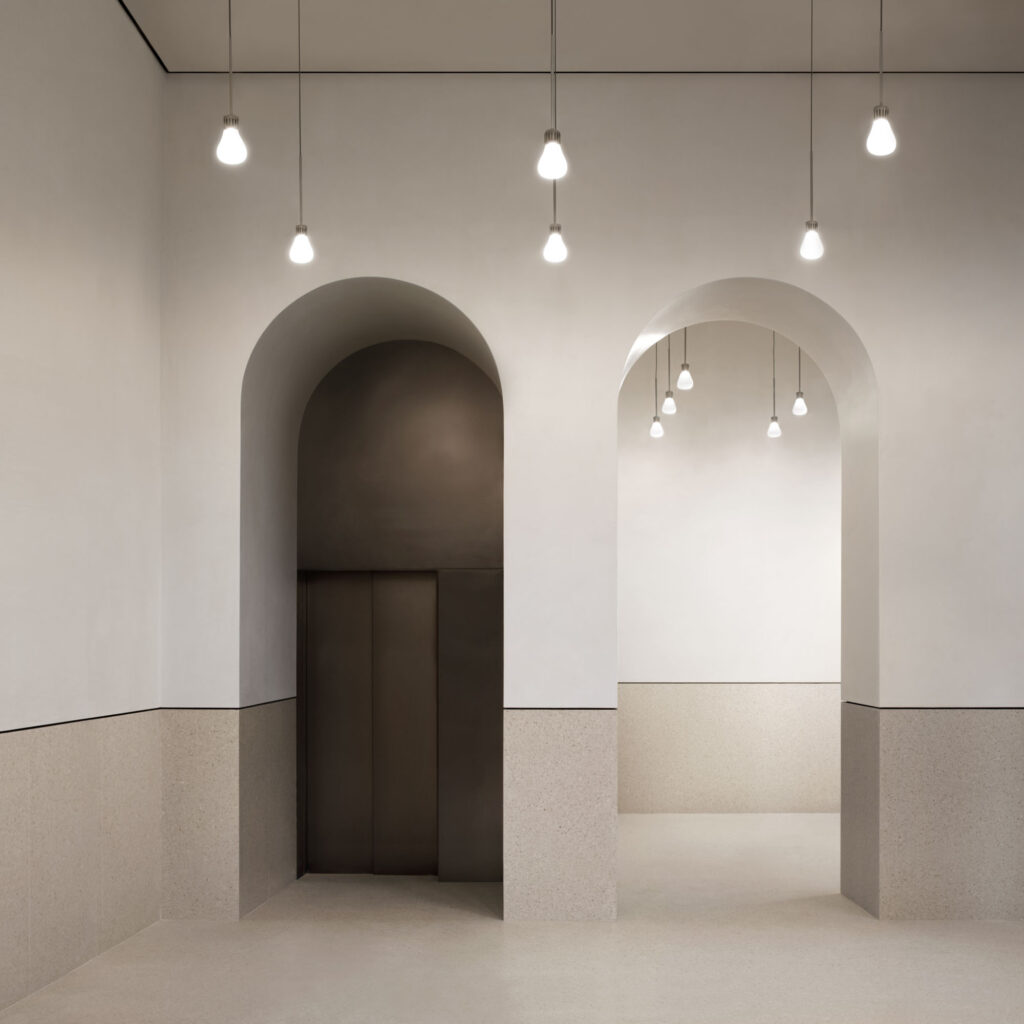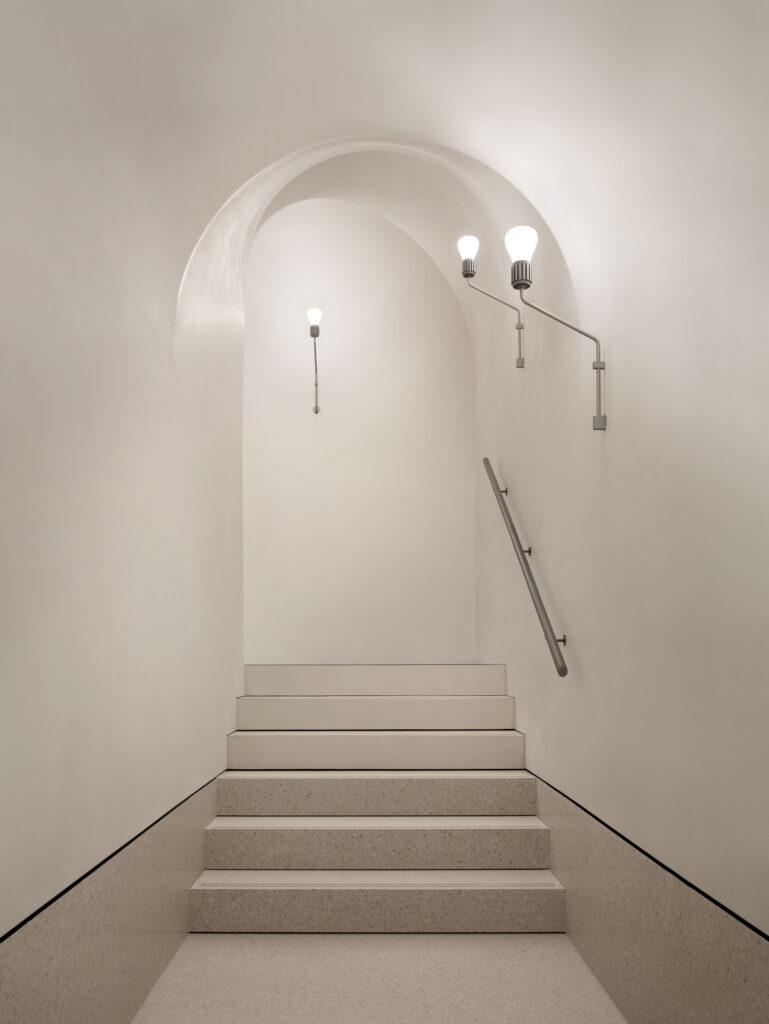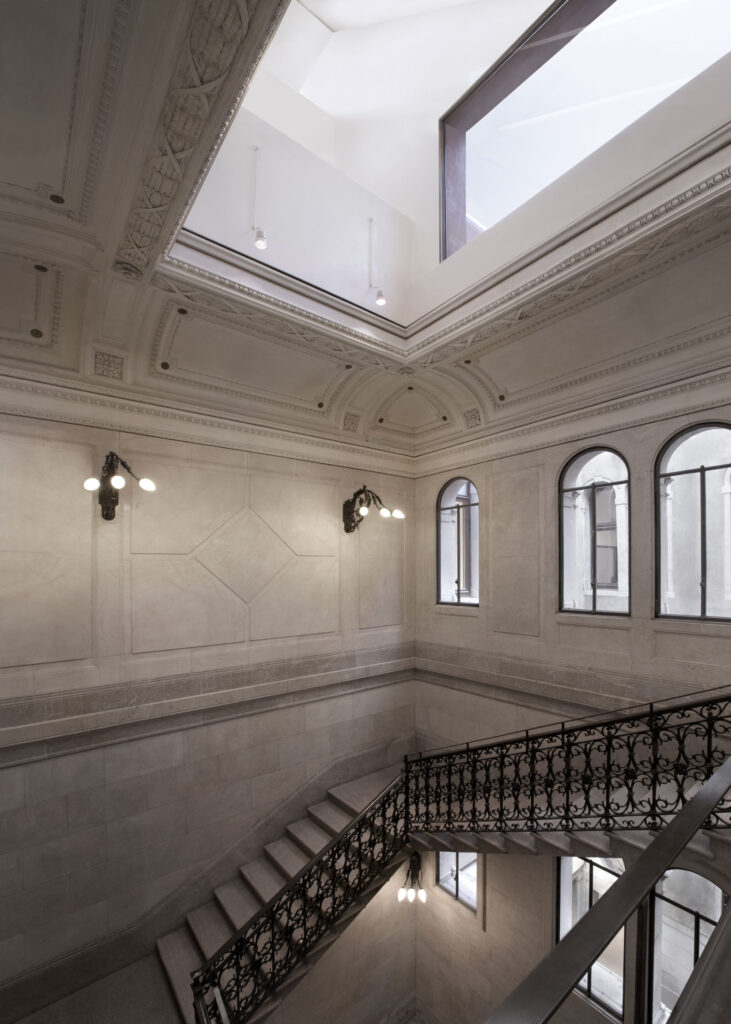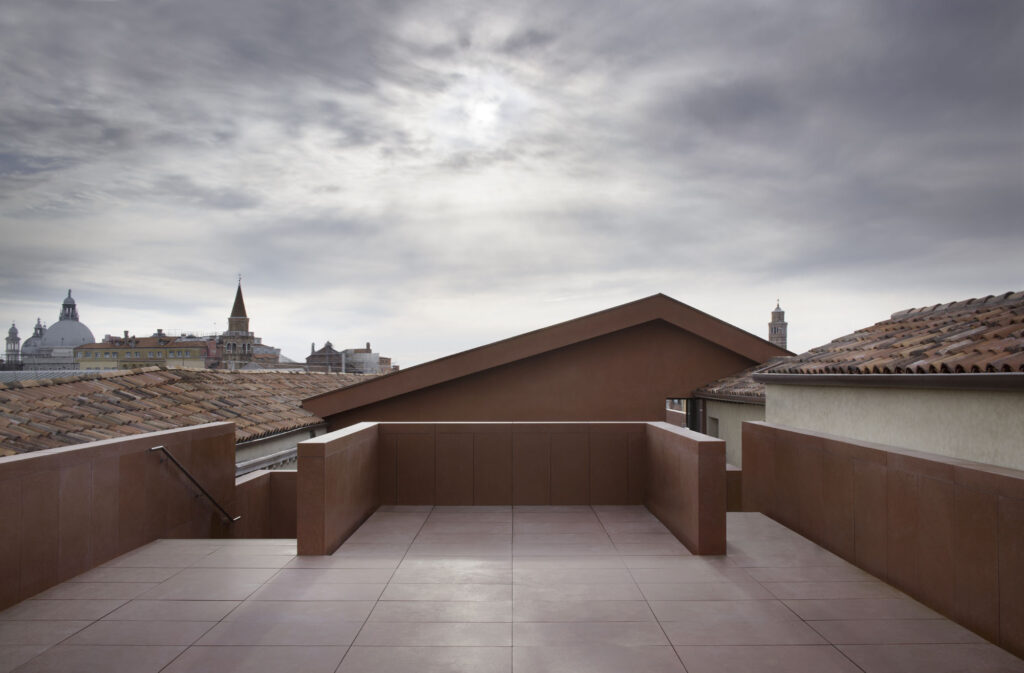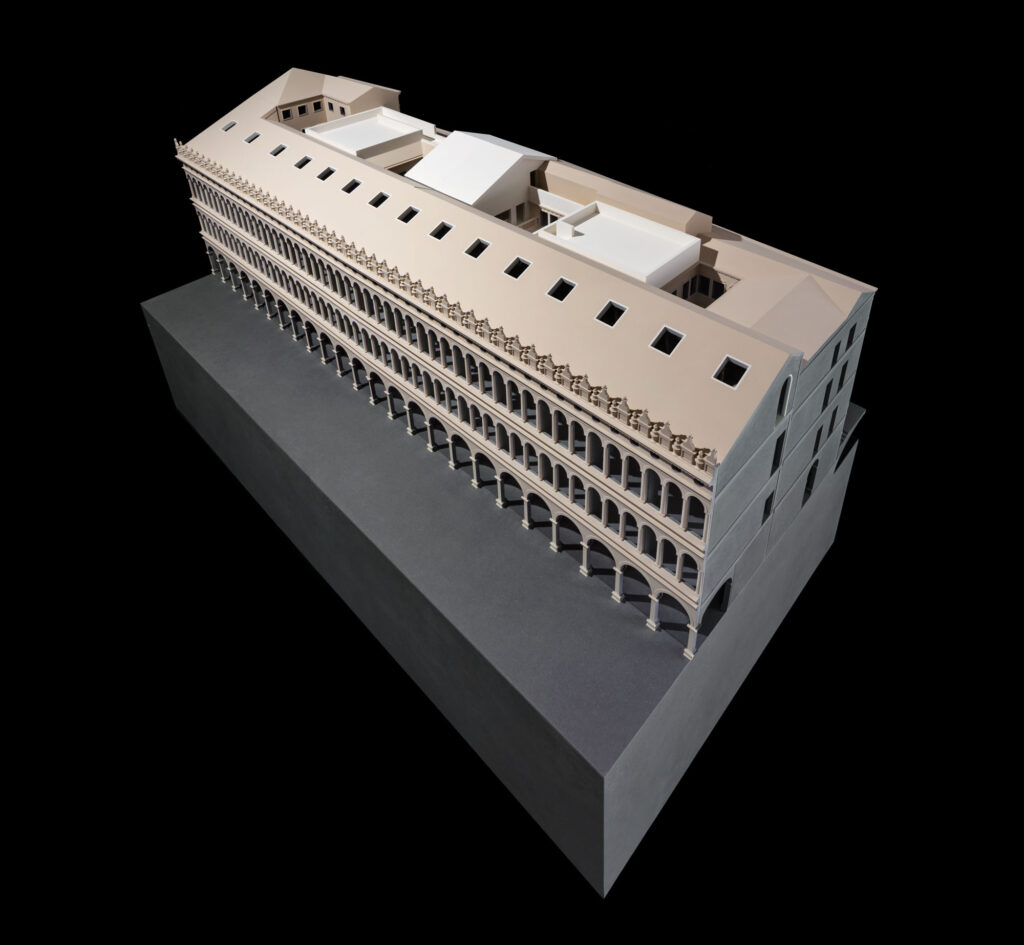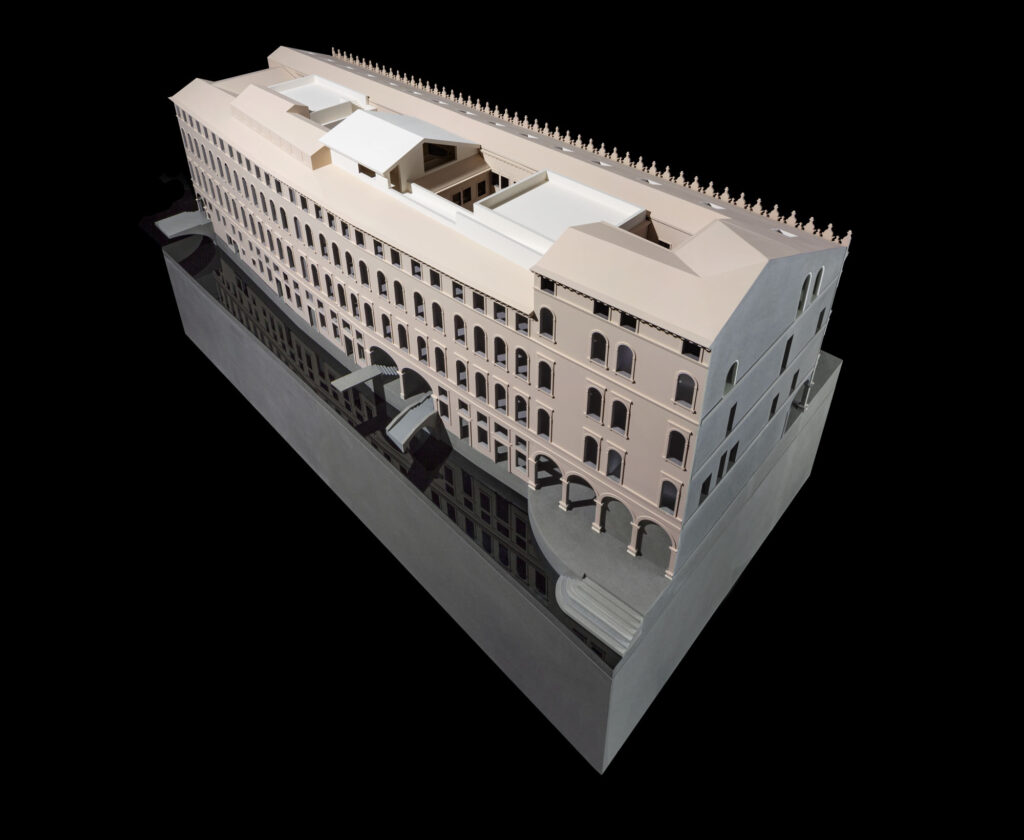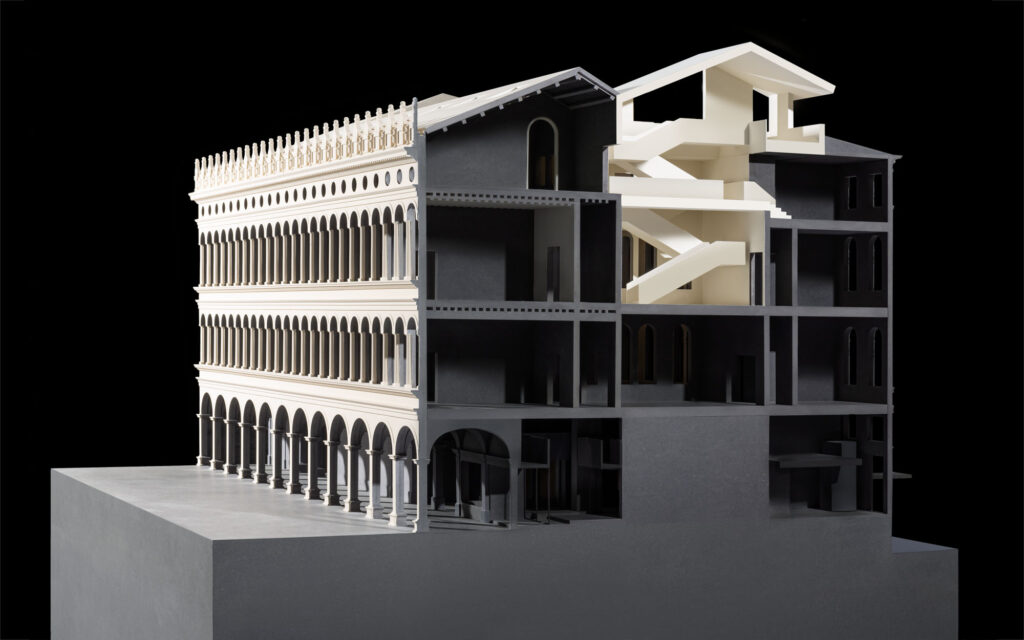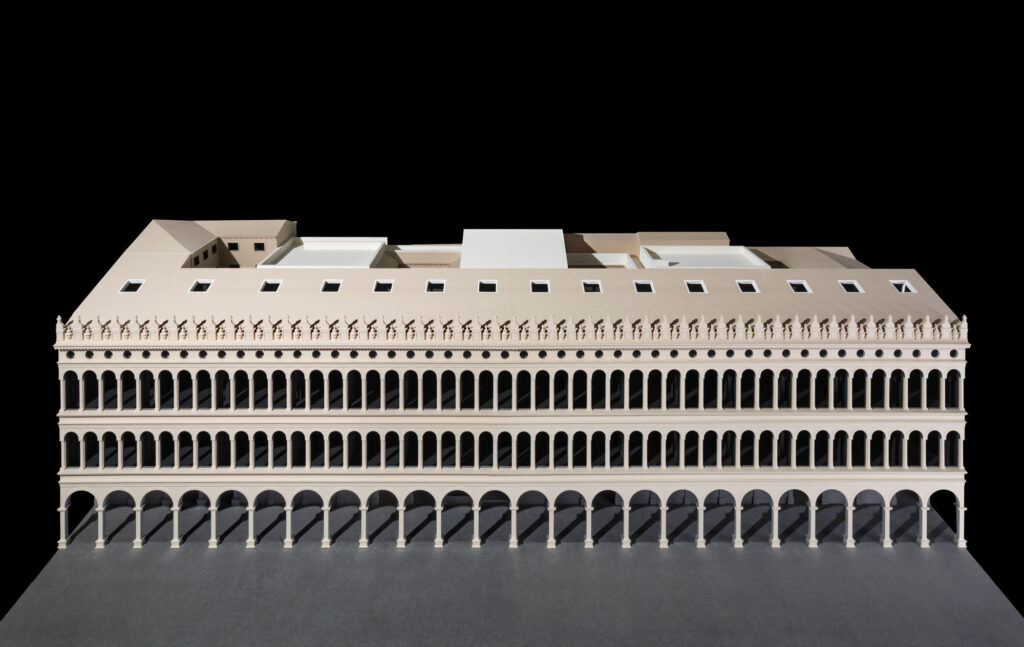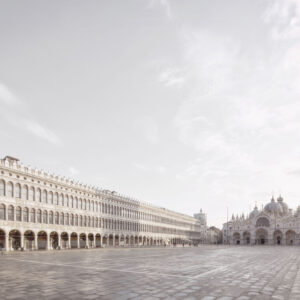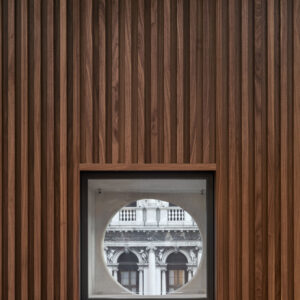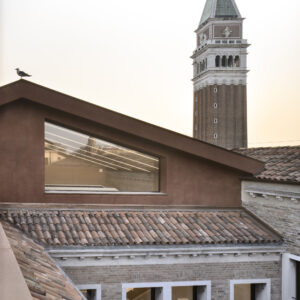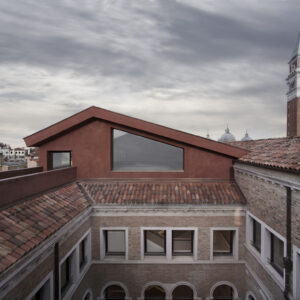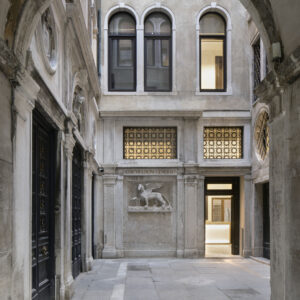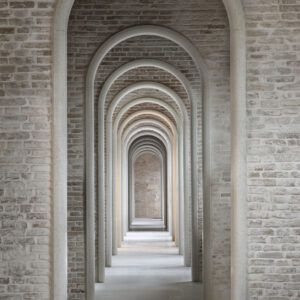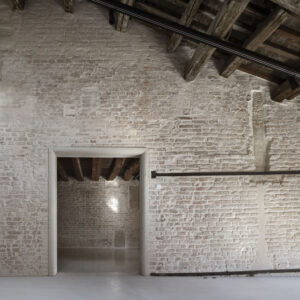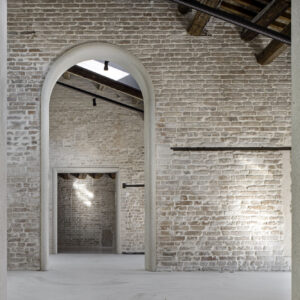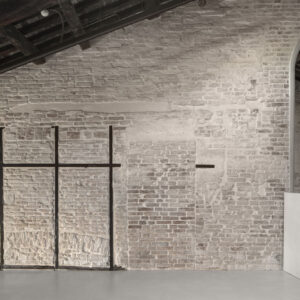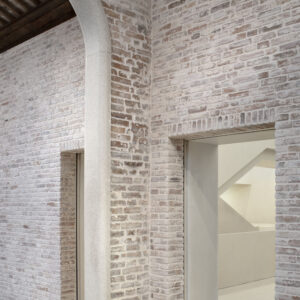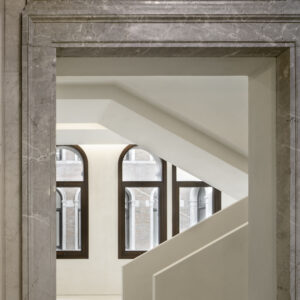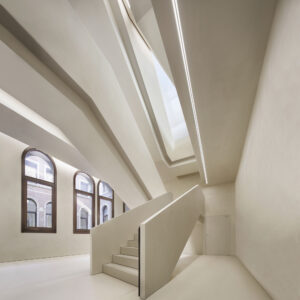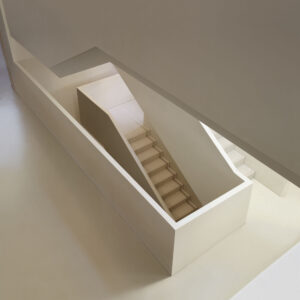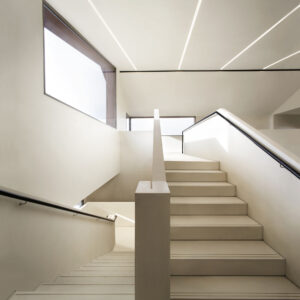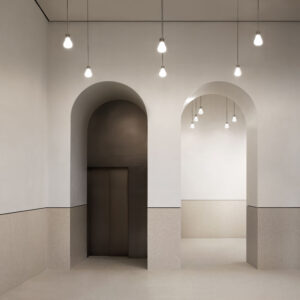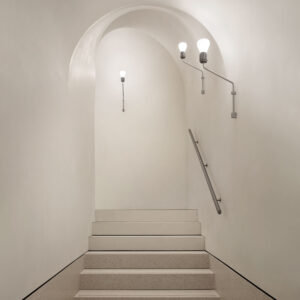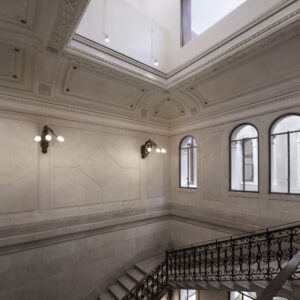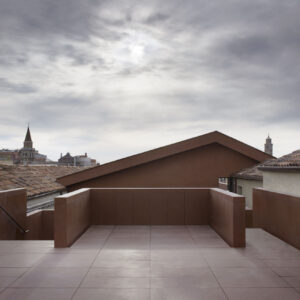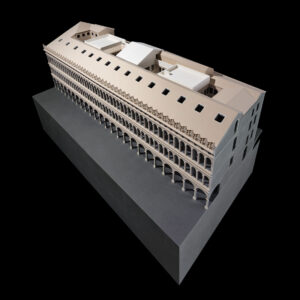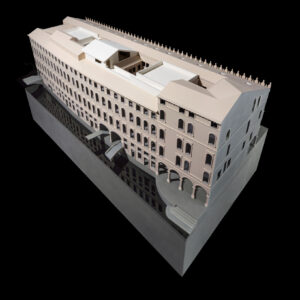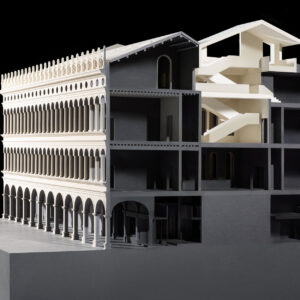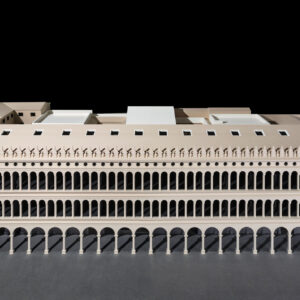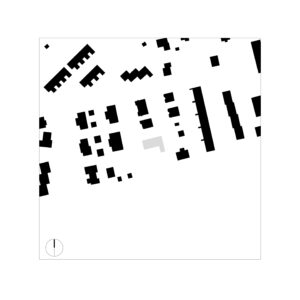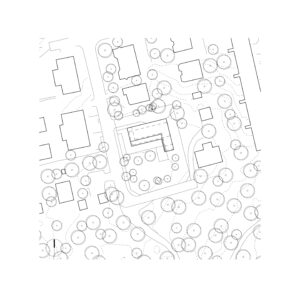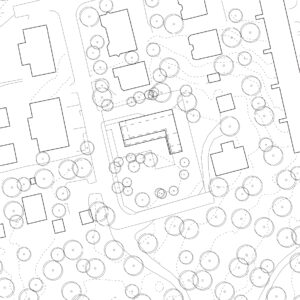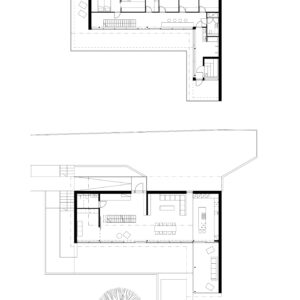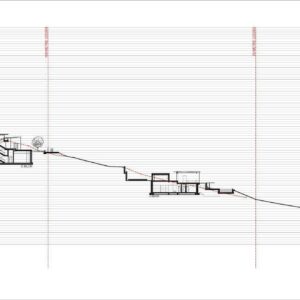fotoğraf: Richard Davies
fotoğraf: Alessandra Chemollo
fotoğraf: Alessandra Chemollo
fotoğraf: Alberto Parise
fotoğraf: Alessandra Chemollo
fotoğraf: Alessandra Chemollo
fotoğraf: Alessandra Chemollo
fotoğraf: Alessandra Chemollo
fotoğraf: Alessandra Chemollo
fotoğraf: Alessandra Chemollo
fotoğraf: Alessandra Chemollo
fotoğraf: Alberto Parise
fotoğraf: Alberto Parise
fotoğraf: Alberto Parise
fotoğraf: Alberto Parise
fotoğraf: Alberto Parise
fotoğraf: Alberto Parise
fotoğraf: Alberto Parise
fotoğraf: Alberto Parise
fotoğraf: Alberto Parise
fotoğraf: Alberto Parise
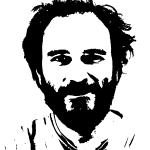
- 29 April 2022
- 1253 defa okundu.
Procuratie Vecchie
A ceremony has been held to celebrate the re-opening of the Procuratie Vecchie on St. Mark’s Square in Venice. The five-year project, led by David Chipperfield Architects Milan and commissioned by Generali, repairs, reunifies and adapts the sixteenth-century structure and its complex successive modifications while integrating them with a series of new interventions to create a more coherent whole.
Piazza San Marco is one of the most recognisable squares in the world and an extraordinary and explicit demonstration of ordered public space. The Procuratie Vecchie was developed along the entire north side of the square in the first half of the sixteenth century under the renovatio urbis programme of Doge Andrea Gritti. The architects Mauro Codussi, Bartolomeo Bon and Jacopo Sansovino all worked on the project, establishing the classically inspired new architectural language adopted by the subsequent developments on the south and west sides of the square.
The project was commissioned by Generali, a company that began its life in the Procuratie Vecchie and has since acquired almost the entirety of the building. In addition to housing offices and co-working spaces for Generali and The Human Safety Net – the company’s global social initiative – the building now hosts exhibitions and events, opening areas to public for the first time in its history. Through this new programme, the project seeks to re-embed the Procuratie Vecchie into the life of the city, supporting Venice as a place of activity, innovation and social purpose.
Rather than a single concept or gesture, the architectural project is defined by a flexible approach that addresses the complexity of the sixteenth-century structure and its successive modifications, integrating them with a series of new interventions to create a more coherent whole. These include the restoration of historic interiors on the first and second floors, new vertical circulation, and the renovation of the third floor, with public access to the exhibition spaces as well as workspaces, event spaces and an auditorium linked to The Human Safety Net. A new rooftop pavilion provides access to sunken terraces with views across the city’s skyline.
Surveys and analysis of the different parts of the Procuratie Vecchie, together with research and study of documentary sources, made it possible to define a responsive approach to each element of the building fabric. On the first and second floors, parts of historic Venetian terrazzo flooring, ceilings, plasterwork and frescoes are revealed. On the third floor, the brick walls have been uncovered, exposing the traces of transformations over 500 years.
Whether repairing historic fabric or adding new elements, ancient, local and traditional construction techniques and craftsmanship were used to create a material continuity throughout the building and reinforce its integrity. The internal walling is covered in marmorino plaster or finished with scialbatura (slaked lime) giving readability and uniformity to the varied surfaces. For the flooring, pastellone and terrazzo are used, both including the same stone aggregates, while the arches and portals are realised in reconstituted stone. The external walling of the new roof pavilion is coated in cocciopesto plaster, and the terraces covered in recomposed terracotta, creating a dialogue between old and new.
Etiketler

